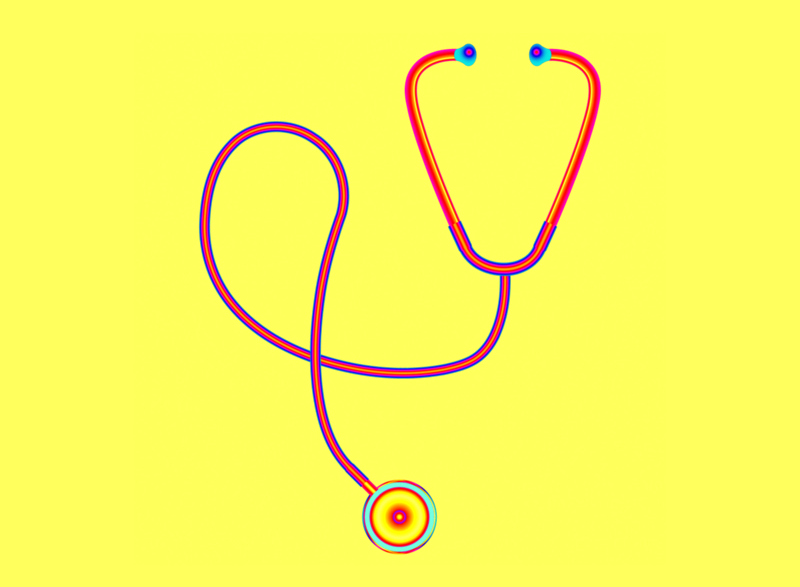Mold sickness is very prevalent in today’s times. Treatment is the final step in curing mold sickness. What is important is the diagnosis. It turns out to be a tricky affair. Why? Simply because mold is a fungal disease. It is a chronic inflammatory response in the body. The symptoms overlap many common diseases, like liver disease, asthma, Lyme disease, wheezing, coughing, body rash, body inflammation. The best method for mold sickness diagnosis is to visit an experienced medical practitioner. The years of experience help the doctor easily pinpoint mold sickness from other diseases. The doctor will look at tell-tale signs and then advise lab tests for mold sickness diagnosis.
What makes the mold sickness diagnosis even more tricky is the mold is more than 1000 types found in modern homes. The diagnosis is finding a needle in a haystack. Molds can be allergenic, pathogenic, toxigenic. The most common molds found are Alternaria, Aspergillus, Cladosporium, Penicillium, Stachybotrys. Present in the body parts like the mouth, nose, respiratory tract. Found in homes, on the carpet, walls, furnishings, in food, clothes, paper. They trigger various reactions in the body difficult to diagnose.
The experienced practitioner first looks at the tell-tale signs. It’s the first step in mold sickness diagnosis. Brain fog, numbness, tingling memory problems, fatigue, trouble focusing, unexplained muscle cramping, headaches, persistent nerve pain, red eyes, shortness of breath, vertigo, light sensitivity, tremors, sinus, change in appetite, abdominal pain, diarrhea, increased urination, night sweats, excessive thirst, metallic taste in the mouth. The signs look very common to us, but the experienced doctor will be quick to diagnose and order you to take specific lab tests based on them.
Doctor orders a skin prick test and or a blood test for mold sickness diagnosis. In the skin prick test, an injection of weakened germs given in the skin and back. Based on the reaction and if positive for mold infection, a bump formed on the injection point. The selection basis on the tell-tale signs of the patient. The blood tests confirm what type of mold infection is present in the body. Blood tests typically look at levels of hormones, proteins, allergens, antibodies present in the body. The Vasoactive Intestinal Polypeptide (VIP) test. VIP, a non-regulatory hormone present in the hypothalamus. Low levels are signs of mold infection. Melanocyte stimulating hormone test (MSH) in which the low level of the protein indicate mold sickness. The Transforming Growth Factor Beta 1 (TGF Beta 1) test points at childhood asthma due to mold infection. Elevated levels are an indication. Immunoglobin (IgG) antibodies or radioallergosorbent test indicates mold exposure due to positive IgG in the blood. Other tests are Complete Blood Count (CBC), Thyroid function test, Complete Metabolic panel test (CMP), Gamma-Glutamyl Transpeptidase (GGT). Nasal swab and urine mycotoxins tests are also other lab tests done for mold sickness diagnosis.
Mold sickness diagnosis, best done by an experienced medical practitioner. Visit one if you have any of the tell-tale signs. Do not try home remedies as these can prove costly and rare cases, fatal.





